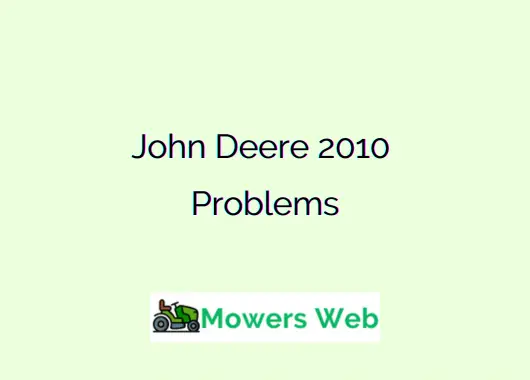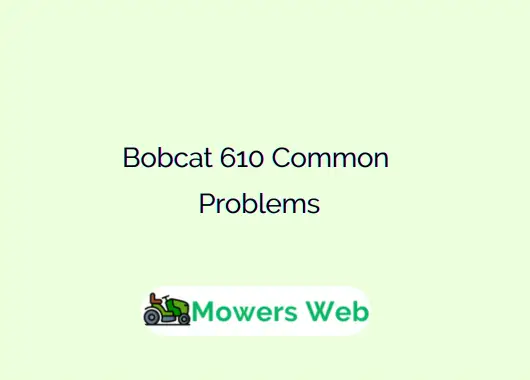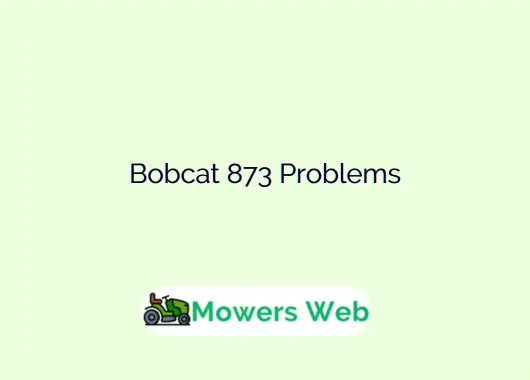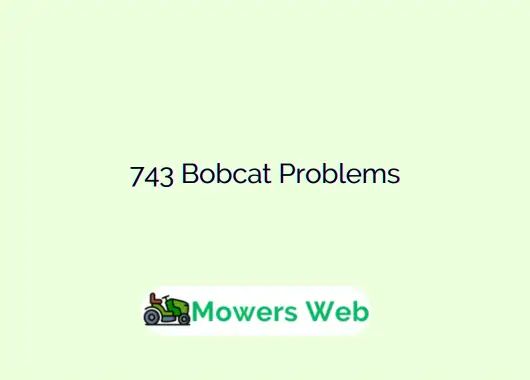This blog post examines the most common issues with the John Deere 2010 tractor, their causes, and practical solutions to keep your tractor running smoothly. By understanding these challenges, owners can make informed decisions about maintenance and repairs. Let’s jump in.
John Deere 2010 problems
Engine Problems
Engine Sleeve and Deck Plate Issues
The John Deere 2010s engine design, particularly in diesel models, is one of its most criticized features. The tractor uses a unique deck plate to secure the cylinder sleeves, sealed with O-rings. While innovative, this design struggles with the engine’s natural expansion and contraction during operation, especially with frequent on-off cycles.
This can lead to cracked cylinder blocks or sleeves, a problem frequently reported by owners and mechanics. At salvage yards, it’s not uncommon to see multiple 2010 diesel engines with cracked blocks, reinforcing this issue’s prevalence.
Solution: Inspect the engine sleeve plate for cracks, corrosion, or wear. If damage is found, the entire deck plate and sleeves may need replacement, which can be costly (around $3,000 for parts alone).
Check with John Deere for part availability, as they are scarce due to low demand. Regular maintenance, such as avoiding excessive engine cycling, can help mitigate stress on the deck plate.
Related John Deere X380 Problems(8 Common + Solutions)
Engine Performance Issues
Engine-related complaints include difficulty starting, stalling, and reduced power output. These issues often stem from fuel system problems, such as clogged fuel filters or a failing fuel pump, which prevent adequate fuel delivery to the engine. Worn spark plugs in gas models or faulty glow plugs in diesel models can also cause starting issues or poor performance.
Solution: Regularly inspect and replace fuel filters to prevent clogs. If the fuel pump is malfunctioning, replace it with a new one from an authorized dealer. For gas models, check and replace spark plugs as needed.
For diesel models, ensure glow plugs are functional, especially for cold starts. Cleaning or rebuilding the carburetor can also resolve fuel-mixing issues in gas engines.
Related 15 Common John Deere 4600 Problems(with solutions)
Overheating
Overheating is a significant concern, particularly during heavy use or in warm climates. Causes include clogged radiator fins, low coolant levels, or a faulty thermostat, which can lead to severe engine damage if not addressed promptly.
Solution: Clean radiator fins regularly using compressed air to remove debris. Check coolant levels before each use and top off with the correct coolant type. If the thermostat is stuck or malfunctioning, replace it to ensure proper coolant flow. Regular maintenance of the cooling system can prevent costly repairs.
Related John Deere Power Reverser Transmission Problems(Fixed)
Hydraulic System Issues
The John Deere 2010’s hydraulic system, which uses an open-center design with a gear pump, is another weak point. Common problems include low hydraulic fluid levels, worn seals causing leaks, and contaminated fluid leading to blockages or system damage. These issues result in sluggish hydraulic performance or failure of components like the three-point hitch.
Solution: Check hydraulic fluid levels regularly and top off with the recommended fluid type. Inspect and replace worn or damaged seals to stop leaks. If the fluid is dirty, flush the system and replace it with clean hydraulic fluid. For severe issues, such as a failing hydraulic pump or control valve, replacement may be necessary, though parts can be hard to find.
Related 10 Common Zetor Tractor Problems (With Solutions)
Transmission Problems
Transmission issues are frequently reported, including erratic shifting, grinding noises, hard shifting, or loss of power. These problems are often caused by low transmission fluid, worn clutch plates, damaged gears, or faulty synchronizers. Leaks from cracked seals or casings can exacerbate these issues.
Solution: Check transmission fluid levels on level ground with the engine idling and top off as needed. If shifting issues persist, inspect the clutch, gears, and synchronizers for wear and replace damaged components. Address leaks by replacing faulty seals or casings.
For major repairs, such as rebuilding the transmission, expect costs around $3,000–$5,000, as seen in cases like a 6620 model repair cited by mechanics.
Related John Deere Skid Steer Troubleshooting(5 Quick Ways To Fix)
Electrical System Issues
Electrical malfunctions are common due to the tractor’s age. Symptoms include dead batteries, flickering or dim lights, slow cranking, blown fuses, or malfunctioning gauges. Corroded wires, loose connections, or a failing alternator are typical culprits.
Solution: Inspect battery terminals and wiring for corrosion or loose connections, cleaning or replacing as needed. Test the battery and replace it if it’s dead or has a faulty cell. Tighten or replace a loose or worn alternator belt. If gauges or controls malfunction, check for faulty wiring harnesses and replace them to restore functionality.
PTO Problems
Power Take-Off (PTO) issues are often operator-induced but can also result from design flaws. Problems include difficulty engaging the PTO or complete failure, often due to worn splined couplings or improper engagement.
Solution: Ensure proper PTO engagement by manually checking that splined couplings mesh correctly before tightening bolts. Replace worn PTO components, though parts may be scarce. Regular maintenance and operator training can prevent misuse-related issues.
Steering Issues
Stiff steering is a frequent complaint, caused by low hydraulic fluid, worn steering components, or a failing hydraulic pump. A clogged steering filter or air in the system can also contribute.
Solution: Top off hydraulic fluid and bleed the system to remove air. Replace worn steering components or a faulty pump. Clean or replace the steering filter to maintain smooth operation.
Related 9 Common John Deere 1026R Problems(With Solutions)
Maintenance Tips for Longevity
To minimize these problems, adhere to a strict maintenance schedule:
- Regular Inspections: Check fuel, hydraulic, and transmission fluids before each use.
- Component Cleaning: Clean radiator fins, carburetors, and filters regularly.
- Timely Replacements: Replace worn parts like spark plugs, seals, and filters promptly.
- Proper Operation: Avoid overworking the tractor or running it at high speeds unnecessarily, as seen in cases where misuse led to three-point hitch damage.
Final words
The John Deere 2010, while a pioneering tractor, is plagued by issues like engine sleeve problems, hydraulic failures, transmission troubles, electrical malfunctions, PTO issues, and stiff steering. These challenges, compounded by scarce parts and a poor reputation (often called John Deere’s “worst tractor”), make it a risky choice for some.
By addressing these common problems proactively, you can extend the life of your John Deere 2010 and keep it operational for years to come.




